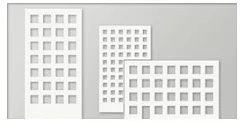51.4066206, 7.1684252

Köppern
Königsteiner Str. 2
45529 Hattingen
Deutschland
45529 Hattingen
Deutschland
+49 2324 207 0
+49 2324 207 207
20242025
Views69446131
Clicks102760
Similar Companies
Leader

Leader

FRITSCH
Hosokawa Alpine
Herbold Meckesheim GmbH
Glatt
Dinnissen B.V.
Lindor Products B.V.
motan-colortronic GmbH
motan
Lödige Process Technology
Opdenhoff Technologie



